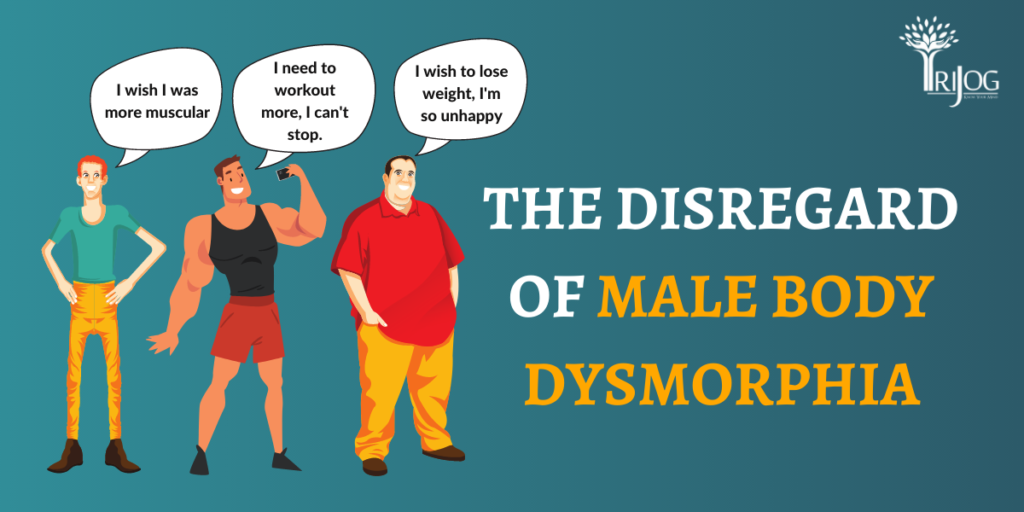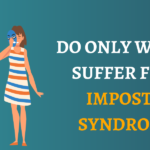From what I’ve noticed, our culture has comparatively been quite open in talking about the unrealistic body and ideal beauty standards. Body image issues have been more prevalent in recent years. This is largely due to social media and faked celebrity photographs making us feel insecure and overly critical of our appearance. The historical pressure on women to look a certain way and meet these standards have been subject to public concern for quite some time. What isn’t talked about enough is the rise of body dysmorphia among men.
Body dysmorphic disorder is a mental health condition in which you can’t stop obsessing about one or more perceived flaws in your appearance, even if they’re minor or hidden from others. When you have body dysmorphic disorder, you stress over your appearance and body image, checking the mirror, grooming, and seeking reassurance repeatedly throughout the day, often for many hours. Your perceived fault and recurrent actions give you a lot of pain and make it difficult for you to function in your everyday life.
The skin (for example, acne or scarring), hair (thinning), nose (size or form), or genitals are the most typical concerns for men with body dysmorphic disorder. Absorption in one’s own appearance are difficult to resist or manage, and they can take up a significant amount of time each day. In an attempt to analyze, cure, or hide the “defect,” nearly all males with body dysmorphic disorder engage in repeated and time-consuming behaviors.
According to a study published in 2019, 22% of males can be diagnosed with “muscularity-oriented disordered eating.” Another study in the United Kingdom discovered that one in every ten males suffers from “muscle dysmorphia,” often known as “bigorexia” or “reverse anorexia.” Muscle dysmorphia is known to be the most common form of BDD among males. People who suffer from muscle dysmorphia often fear they aren’t muscular enough, but the condition can also affect leanness. This might lead to an unhealthy fixation with dieting and exercise. This can cause severe impairment in a person’s daily functioning but is concealed under the excuse of having a “healthy lifestyle”.
Some of the common symptoms of muscular dysmorphia include:
- Feeling compelled to work out every day.
- Not taking a break, even if you're wounded or sick in order to keep working out.
- Constantly inspecting your physical appearance.
- Spending hours in the gym daily.
- Ignoring other obligations in order to work out.
- Using anabolic steroids and other sports supplements.
Height dysmorphia is another type of body dysmorphic condition that typically affects men, and people who suffer from it find that their height is a source of distress. While it’s more prevalent in people who think they’re too short, it can also happen the other way around, and people with this sort of body dysmorphia can think they’re too tall. Many patients with height dysmorphia resort to limb lengthening or shortening operations to change their statures. All of this can lead to a slew of complex issues. Male pattern baldness is also another type of body dysmorphia that men face at every age. Male pattern baldness can strike unexpectedly in early adulthood, and the understanding that it is occurring might be alarming and difficult to digest. While numerous treatments for hair loss in males are available, they do not address the extreme obsession and distress associated with body dysmorphic disorder.
While these are just some of the rising body issues faced by men, there are a lot of other factors to it. There isn’t a lot of conversation around this topic, especially in India, due to the deep-rooted toxic masculinity and the stigma surrounding it. Unrealistic physique and beauty standards for men and women aren’t going away anytime soon, so we need to learn how to talk about them in a healthy and constructive way. True, many women have fought hard to make little gains in their efforts to resist cultural pressure to fit the societal mold of ideal beauty standards. Men, on the other hand, are newer to the fight and lack the resources to mobilize the same kind of resistance.
The first step, as always, is to admit or realize that there is a problem and have healthy discussions over it. It’s critical to seek help if you’ve recognized that you’ve been experiencing some of the symptoms of body dysmorphia. Muscle or body dysmorphia’s consequences can be catastrophic, not just to your mental health but also to your physical well-being, and it can affect other aspects of your life. Because there is a lack of knowledge of this disorder, many people who are affected go untreated. It is, nevertheless, possible to overcome it and build a healthier connection with food, exercise, and your body with the correct treatment.





